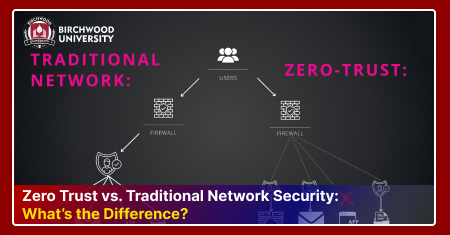Skills required to become A Data Analyst
Sep 23, 2023In the past few years, demand for data analysts has been all-time high in every industry, with projected openings of about 11 million. This quick expansion creates a sizable opportunity for you to advance your data analytics expertise. Talented data analysts are more needed than ever, thanks to the watchword of the current company, which is digital transformation. Almost every sector of the economy—from telecommunications to manufacturing, retail, banking, healthcare, and even fitness—offers job opportunities.
Still, a career in data analytics will not be satisfying without a lot of medication and work. Data analysts need a special set of capacities to succeed in their line of work, and their education is substantially technological; nonetheless, they also need many soft chops. These popular data wisdom chops are bones that are substantially searched by recruiting companies.
Technical Skills
Excel, which has been around for more than 30 years, is proof that simplicity has benefits. Excel is a spreadsheet that can conduct calculations or generate graphs by correlating the data in its cells, but that doesn't mean it isn't also immensely useful. Excel continues to be the program of choice for working with data in its most basic forms, including a variety of straightforward visualizations, such as pie and bar graphs, stacked area plots, dual-axis and combination plots, sparklines, and bubble plots.
Data Visualization
Tools for visualization begin where Excel left off by enabling Data Analysts to display complex datasets in a more natural way, generally through charts and graphs, which can be as much an artistic endeavor as it is a scientific one. Here's where software like Tableau, PowerBI, Bokeh, Plotly, and Infogram, which can create clear-to-read—and sometimes even beautiful—chord diagrams, heat maps, scatter plots, and more, comes in. These applications are designed to transform millions of data points into sophisticated visual representations.
SQL
SQL is used to query and manipulate data in relational databases. It is an essential skill for data analysts, as they need to be able to access and analyze data from a variety of sources.
Statistical programming
Statistical programming languages like R and Python are used to perform advanced data analysis and visualization. Data analysts need to be able to use these languages to clean and prepare data, build statistical models, and create data visualizations.
The soft skills required to become a data analyst:
Communication
Data analysts need to be able to communicate their findings clearly and concisely to both technical and non-technical audiences. This includes being able to write effective reports and presentations, and being able to explain complex concepts in a way that is easy to understand.
Problem-solving
Data analysts are often tasked with solving complex problems using data. To solve this problem, one must be able to think critically, creatively, and ingeniously.
Teamwork
Data analysts often work as part of a team of data scientists, engineers, and other professionals. It is important to be able to collaborate effectively with others and to be able to share ideas and feedback.
In addition to the technical and soft skills listed above, data analysts should also have a good understanding of the business domain in which they work. This will help them to better understand the data they are analyzing and to provide more meaningful insights to stakeholders. Here are some examples of how data analysts use their skills in the real world:
A data analyst at a retail company might use SQL to query data from the company's sales database. They might then use R or Python to perform statistical analysis on the data to identify trends and patterns. They might then use data visualisation tools to create charts and graphs that communicate their findings to stakeholders.
A data analyst at a financial services company might use machine learning to build a predictive model that can be used to forecast future stock prices. They might then use this model to generate investment recommendations for clients.
A data analyst at a healthcare company might use their skills to analyze data from clinical trials to identify the most effective treatments for certain diseases. They might then share their findings with other healthcare professionals and with patients.
Data analysts play a vital role in many different industries. They use their skills to help businesses make better decisions, develop new products and services, and improve the efficiency of their operations. If you are interested in a career in data analytics, you should focus on developing the technical and soft skills listed above. You should also gain experience working with data and with the business domain in which you want to work.






